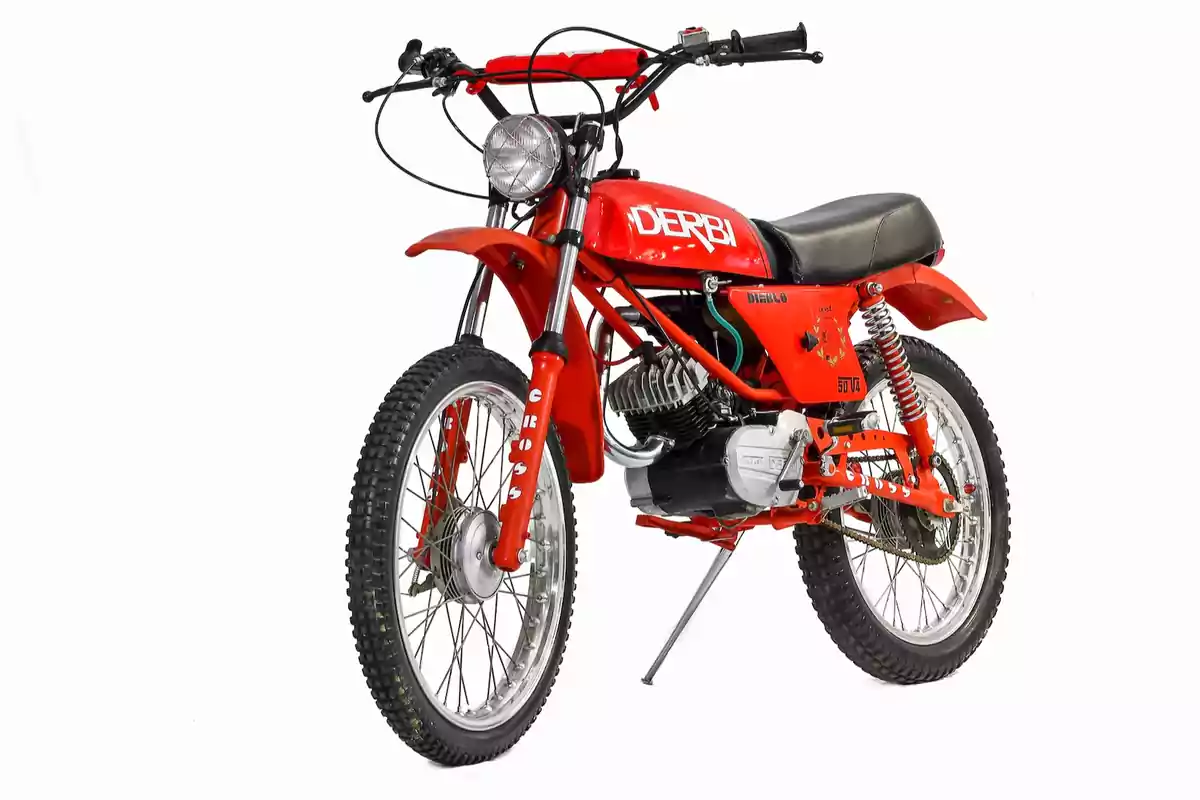
The secrets of eternal youth: how to register a moped as a historic vehicle
With the new legislation, it is now possible to recover that moped you started with back in the 1980s or 1990s
The new historic vehicle regulation is proving to be an undeniable success.
It came into effect last fall and has managed to be the solution for many motorcycles and, above all, mopeds. Many of them were "sleeping the sleep of the just".
We're talking about mopeds left abandoned in garages, unable to be used. Why? Because of the lack of documentation caused by the legislative change in 1995.
ALL CURRENT MARKET MOPEDS
It was then that a vital decision was made. All those mopeds that had circulated until then without a license plate or with a municipal one, had to be registered with the traffic authorities.

This logically led to many of them, already outdated, being abandoned, given the hassle of having to do new paperwork to keep them alive.
As time passed, nostalgia gave them value. Then we found that registration as a historic vehicle, according to the previous law, exceeded the value of the vehicle (vehículo). This, therefore, prevented this solution.
This problem, among others, has now been solved by the new regulation, greatly reducing the cost of registering an old moped as historic.
The current registration procedure
To begin with, not all mopeds will be able to be registered. The first requirement of the current law is that this moped must be at least 30 years old (30 años).
The problem lies with vehicles without papers. How do you prove their age? By the date the model's production ended.
ALL CURRENT MARKET 50CC SCOOTERS
That's why we're seeing cases where a motorcycle may indeed be that old, but the model wasn't discontinued until fewer years ago. If there's no certificate of manufacture or purchase invoice, it'll be difficult to register it as historic.
Suppose we're dealing with the typical Puch Minicross, Derbi Antorcha or Diablo, Vespino GL or any of those legendary mopeds. There may be doubts about their age or their historical value.

What you need to register a moped
The first thing required is to prove to the traffic authorities that the motorcycle is yours.
This is done either with a sales contract, a purchase invoice or—most commonly—with a statement of facts. This is a document in which two witnesses and you state that the motorcycle has been yours for years.
The next thing you'll need is a technical data sheet. This must be issued by an ITV, based on a certificate issued by the Entities Related to Historic Vehicles.
This is a new category of collaborators such as clubs or museums. Once registered with the traffic authorities, they have been given the authority to certify that moped. Then it will indeed be historic and its characteristics will be determined.
The next step is to make sure the taxes have been completed. On one hand, the property transfer tax. Mopeds are exempt from this, but you need your tax agency to provide you with that certificate.
The road tax depends on your municipality. In many cases, they're exempt for being historic or simply because of their age, but you'll also need the document that proves it.
Now you have those taxes, the document stating the moped is yours, and your new technical data sheet obtained at the ITV. The next step is to go to the traffic authorities, where they will issue the circulation permit and the license plate.
It's not a complex process nor as expensive as before, although there are certain costs such as the technical data sheet or the Entity's certificate.
Of course, it's worth riding that moped from your youth again. Without a doubt.
More posts: